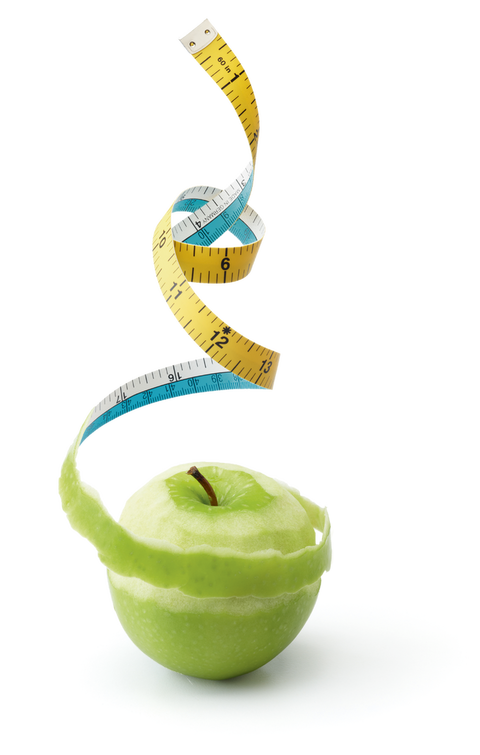news media
Service journalism:
news you can use

In a year when people needed every bit of help they could get, DPG Media’s service journalism hit exactly the right spot. The huge need for guidance and more in-depth content translated into previously inconceivably growth figures in Belgium. How did this form of journalism become such a success?

Justin Mol
(33), HEAD OF VERTICALS & GUIDANCE AT DPG MEDIA BELGIUM UNTIL JANUARY 2023, NOW LEAD FREEMIUM PRODUCT MANAGER
Justin Mol calls it ‘the discovery of the year’: the meteoric rise of service journalism in 2022 in Belgium. It should be noted here that Mol isn’t entirely impartial – as head of Verticals & Guidance, he spent the past year managing a team of coordinators and editors who provide DPG Media’s Belgian titles, especially Het Laatste Nieuws, with daily service stories. But the numbers paint exactly the same picture.
Last year, digital reach of service journalism in Belgium more than doubled, growing from 9 million page views per month in 2021 to 23 million in 2022. Of all visitors who took out a paid subscription to Het Laatste Nieuws, 1 in 5 did so after reading a service story, a conversion rate of 20 per cent.
HLN.be, which publishes the service journalism articles, has a daily online reach of more than 2.2 million readers.
Helping readers get their bearings
“Service journalism focuses on news you can use,” Mol explains. “Often as a follow-up to current news. When new inflation figures are announced, for example, we ask the question: how will this affect consumers? We want to offer guidance and help our readers get their bearings – service articles should be helpful and allow people to make their own decisions. We add depth by collaborating with leading experts in the fields we write about. We get to the bottom of subjects, find out what things cost and set out the pros and cons consumers might want to consider. It’s a different way to approach the news.”
There are a number of service domains, such as Money, Food and Mobility. They’re also called verticals, because they exist alongside the news. “The basic task of a news medium is to inform people of the latest news,” Mol says. “But our readers expect other things as well, and they have personal reasons for coming to us. Because they want to teach themselves something, for instance, or because they’re looking for very specific information: “I’m going to buy a house, and I want to know what kind of mortgage I should get.” Our service stories are geared towards people’s personal motivations to search for news content. That’s part of the reason they’re successful. The more personalised we can make the news, the more we increase reach and conversion.”
Top 3 most popular topics in Belgium in 2022
1.
Health tips,
such as ways to lose weight
2.
The personal finances of famous and regular Flemish people
3.
Car expert advice on going electric
Added value for news brands
Last year especially, as Belgian people began looking for ways to save money en masse, service journalism proved to have great value for news brands. Editors responded by organising Q&A sessions with energy experts, with thousands of readers submitting questions. Digital tools were also introduced, such as Geldwijzer, which gives people insight into their financial situation and offers savings advice. “As news media, we want to empower people in their own lives, and our service journalism certainly contributes to that,” Mol says. “The advice from our experts can help families save hundreds of euros every month.”
The goal for 2023 is to turn the service domains into digital destinations. With the never-ending stream of news on HLN’s homepage, service stories sometimes get lost in the fray. That’s why efforts are being made to attract direct traffic to HLN’s Money and Food domains, where articles stay at the top of the page longer. “Because service journalism pieces are more timeless and have a longer shelf life than the latest news. A lot of stories about how to save money are relevant all year round.”